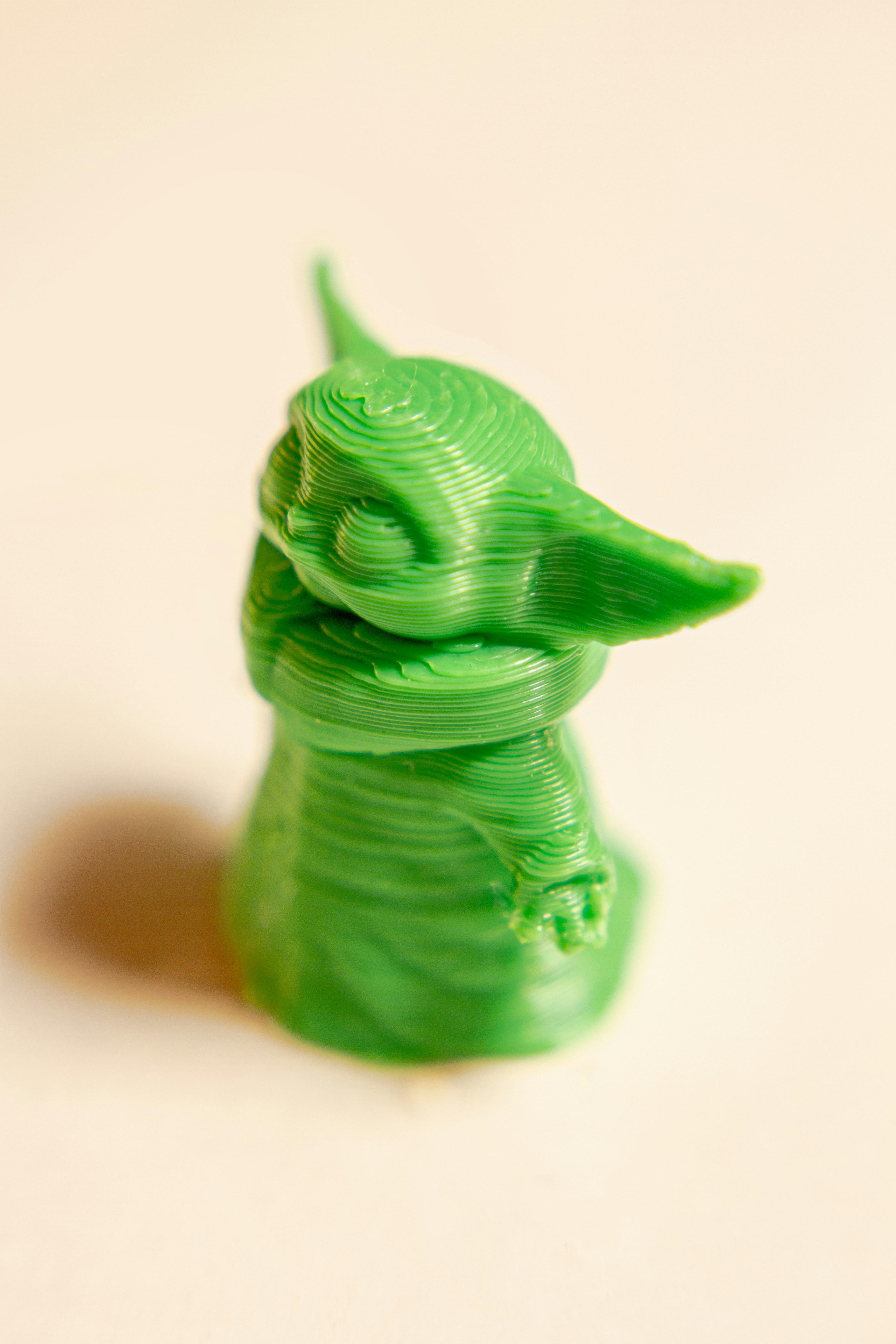The Star Wars universe has captivated audiences for decades, evolving from a groundbreaking film series into a sprawling multimedia franchise. Among its latest entries, “The Mandalorian,” a live-action television series launched on Disney+, has sparked significant discussion and debate within the fan community. As it garners critical acclaim and a devoted following, questions have arisen about its place within the Star Wars pantheon. This article seeks to analytically explore whether “The Mandalorian” should be considered superior to the original and sequel Star Wars films. By examining elements such as narrative structure, character development, thematic depth, and cultural impact, we aim to provide a balanced assessment of how this series compares to its cinematic predecessors. In doing so, we hope to contribute to the ongoing dialogue about what defines excellence within the Star Wars saga.
Comparative Storytelling: Analyzing Narrative Depth in The Mandalorian and Star Wars Films
In examining the narrative depth of both The Mandalorian and the traditional Star Wars films, we find a fascinating divergence in storytelling approaches. The episodic nature of The Mandalorian allows for a more intimate exploration of character development and thematic elements. Each episode, while part of a larger arc, stands alone, offering a focused lens on the protagonist’s journey and the universe’s intricate tapestry. This structure facilitates a deeper emotional connection with characters, such as the evolving relationship between Din Djarin and Grogu, enabling audiences to invest in their growth and moral dilemmas.
- Character Focus: The Mandalorian emphasizes character-driven narratives, allowing for richer development over time.
- Thematic Exploration: Themes of identity, loyalty, and redemption are intricately woven throughout its episodes.
- World-Building: The series delves into unexplored corners of the Star Wars universe, enriching the lore with each new episode.
Conversely, the Star Wars films, with their grandiose scope, often prioritize epic storytelling and spectacle. This focus can sometimes limit the depth of individual character arcs, as the narrative must cater to the demands of a cinematic format, balancing multiple storylines and characters. While films like The Empire Strikes Back and The Last Jedi succeed in combining epic and personal storytelling, the time constraints of cinema can leave certain narrative threads less developed compared to the serialized format of The Mandalorian.

Character Development: Examining Protagonist Evolution Across Mediums
The exploration of character development is a crucial factor when comparing the storytelling depth of The Mandalorian with the iconic Star Wars films. In the films, the protagonists often undergo a rapid transformation, driven by epic battles and universe-altering stakes. These narratives focus on the grand arc of destiny, where characters such as Luke Skywalker and Rey experience accelerated growth that aligns with their roles in a larger saga.
Conversely, The Mandalorian provides a unique opportunity to witness character evolution through a serialized format. The titular character, Din Djarin, is not only defined by his actions but also by the gradual revelations of his past and personal code. This format allows for a more nuanced exploration of character traits and decisions over time. Key elements contributing to this in-depth character study include:
- Incremental Growth: The episodic nature permits incremental development, offering viewers a chance to see subtle shifts in personality and values.
- Complex Relationships: The series delves into complex relationships, especially with Grogu, allowing the audience to witness a deepening bond that impacts the protagonist’s journey.
- Exploration of Identity: Din’s journey is as much about self-discovery as it is about external quests, providing a richer narrative tapestry.
Ultimately, whether The Mandalorian surpasses the Star Wars films in character development may depend on the viewer’s preference for depth and pacing. The series offers a more intimate character study, while the films deliver transformative arcs within a larger-than-life framework.

Visual and Technical Excellence: Evaluating Cinematic and Television Production Values
When examining the visual and technical prowess of both “The Mandalorian” and the Star Wars films, several factors come into play that are pivotal in shaping the overall production value. The Star Wars films have long been lauded for their groundbreaking special effects and epic scale. They introduced audiences to cutting-edge technology, such as the pioneering use of motion control photography and CGI. The films’ ability to create vast, immersive worlds with practical effects and digital innovation set a high bar for visual storytelling.
In contrast, “The Mandalorian” brings a fresh perspective with its innovative use of the Volume, a state-of-the-art LED video wall technology that creates realistic backgrounds and dynamic environments in real-time. This method allows for greater flexibility and creativity, facilitating seamless transitions between scenes and reducing post-production time. Some key elements that highlight “The Mandalorian’s” technical excellence include:
- Real-time rendering: Enhances the realism and adaptability of visual effects.
- Compact storytelling: Allows for intricate details and character development within a shorter runtime.
- Consistent aesthetic: Maintains a cohesive visual style throughout the series.

Cultural Impact and Fan Reception: Assessing Influence on the Star Wars Franchise
The cultural impact of “The Mandalorian” on the Star Wars universe is both profound and multifaceted. With its episodic format, the series has brought a fresh perspective to the galaxy far, far away, allowing for deeper character development and exploration of lesser-known aspects of the Star Wars lore. This approach has resonated with fans who appreciate the intricate storytelling and nuanced characters that were often sidelined in the blockbuster film format. Additionally, the series has been praised for its diversity and representation, introducing characters from various backgrounds and expanding the franchise’s narrative horizons.
Fan reception has been overwhelmingly positive, with many arguing that “The Mandalorian” captures the essence of what originally made Star Wars captivating. The series has spawned a dedicated fanbase, with viewers drawn to its iconic imagery, such as the now-famous Baby Yoda, and its ability to blend nostalgia with innovation. Key factors that have contributed to its favorable reception include:
- Character Development: The show takes the time to develop its characters, making them relatable and multi-dimensional.
- Storytelling: The narrative weaves together elements of adventure, mystery, and personal growth, keeping audiences engaged.
- Production Quality: High-quality visual effects and cinematography bring the Star Wars universe to life in stunning detail.
As the Star Wars saga continues to evolve, “The Mandalorian” stands out as a beacon of creative storytelling, challenging traditional notions of what a Star Wars narrative can achieve.
